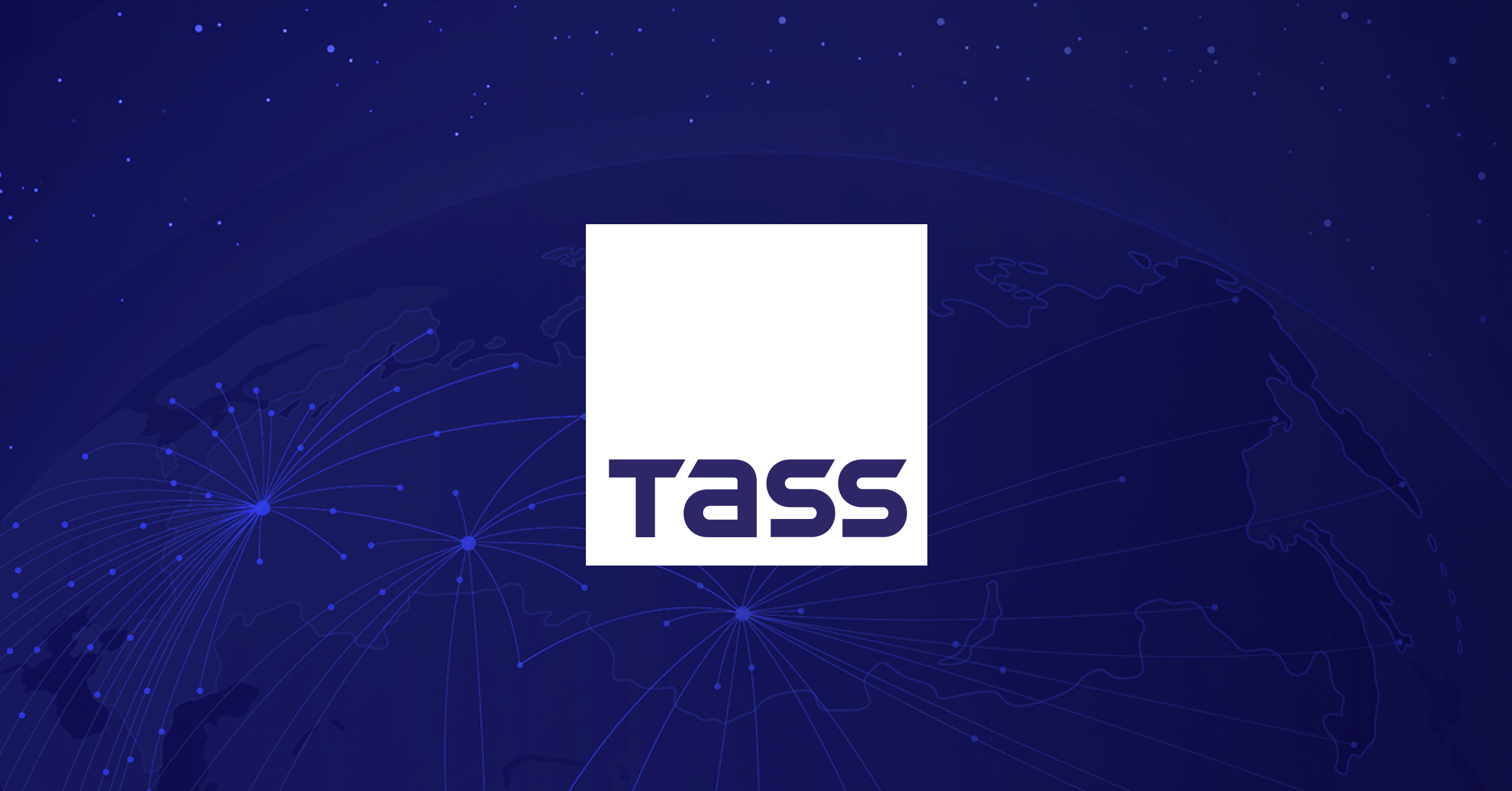By Becca Bratcher,Contributor,Michael M. Santiago
Copyright forbes

Banks are increasingly weary of stablecoins in a post Genius Act market. (Photo by Michael M. Santiago/Getty Images)
Getty Images
U.S. banks are intensifying efforts to ensure stablecoin issuers cannot earn yield, warning lawmakers that allowing rewards would drain deposits and destabilize lending.
But stablecoin advocates argue the campaign is less about protecting financial stability and more about protecting a $187 billion annual profit engine that banks derive from payment processing fees.
The fight, now unfolding in the corridors of Congress amongst lobbyists on both sides of the issue, underscores the stakes as stablecoins transition from niche crypto instruments to mainstream payment rails.
At the center of the controversy is whether issuers who hold dollar deposits backing stablecoins should be allowed to earn interest, or whether such activity should remain the exclusive domain of traditional banks.
Banking Lobby Pressures Congress to Ban Stablecoin Yield Programs
In an August letter to top members of the Senate Banking Committee, more than 40 state banking associations joined the American Bankers Association in calling for Congress to strengthen the ban on interest payments contained in the newly enacted GENIUS Act.
MORE FOR YOU
“The associations support the GENIUS Act’s prohibition against payment stablecoin issuers paying interest or yield on payment stablecoins, which appropriately reinforces stablecoins as a payment mechanism—not a store of value,” the letter said. “However, this restriction is easily bypassed when exchanges or other affiliates offer yield or rewards.”
The bankers urged Congress to extend the prohibition to cover exchanges, brokers, dealers and affiliates of stablecoin issuers. They argue that if stablecoins become yield-bearing, customers would migrate deposits from banks to digital assets, eroding the base that banks use to extend credit.
“Banks power the economy by turning deposits into loans,” the letter said. “When deposits flow into stablecoins chasing yield, credit creation suffers.”
Stablecoins Spotlight Bank Profits From $187B Payments Fee Machine
Stablecoin advocates counter that the so-called “deposit erosion” threat is overstated. Coinbase, one of the largest U.S. digital asset firms, called the narrative a “myth.”
Coinbase’s chief policy officer, Faryar Shirzad, wrote on September 16, 2025. “If banks were truly starved for deposits, they would be competing aggressively for funds with higher interest rates. Instead, currently, they park $3.3T as reserves at the Federal Reserve, accounting for almost 20% of all bank deposits, rather than extending more loans. These reserves earned risk-free interest of $176B last year, or 55% of all bank earnings before taxes. The reserve requirement is zero, and while holding reserves isn’t a bad idea, banks are clearly holding more than they need to with the Fed,” He said. “This isn’t about economics; it’s about narrative control and protecting profit margins from competition.”
Coinbase Argues ‘Stablecoins Do Not Undermine Lending’
In September 2025, the Coinbase Institute published an analysis on stablecoins, noting that tokens, such as Tether’s USDT and Circle’s USDC, are used primarily for cross-border payments, onchain finance, as a store of value, and as an efficient domestic payment system.
Faryar Shirzad, Chief Policy Officer at Coinbase. (Photo by John Lamparski/Getty Images for Concordia Summit)
Getty Images for Concordia Summit
“Stablecoins do not undermine lending. They expand the financial ecosystem and reinforce the dollar,” the report said. “As recognized by recent stablecoin legislation, they offer an opportunity to modernize the domestic payment system by freeing consumers from the hidden subsidies embedded in swipe fees and the foregone interest of low-yield checking accounts.”
Banks’ Resistance to Stablecoins Mirrors ATM and Online Banking Fears
In August 2025, Federal Reserve Governor Christopher Waller framed stablecoins and crypto as part of a century-long payments story, comparing their rise to earlier innovations like credit cards. Just as banks once resisted ATMs, online banking, and electronic check clearing, skepticism toward digital money reflects a familiar pattern of incumbents pushing back before ultimately adopting new technology.
Waller emphasized that private-sector innovation paired with public infrastructure has always driven payments progress. Stablecoins, he argued, have the potential to extend the dollar’s global role and improve cross-border payments, much like credit cards transformed commerce decades ago. AI is also set to join this revolution, automating monitoring and compliance. For policymakers and consumers alike. Resistance to change is part of the cycle, but digital assets are becoming foundational to the global economy.
Congress Faces Crossroads on Stablecoin Regulation Under GENIUS Act
Congress faces a choice between entrenching existing banking models or encouraging competition in payments. The GENIUS Act, signed into law in July 2025, was the first U.S. federal legislation to establish a framework for stablecoins, requiring one-to-one backing with dollars or Treasuries and monthly reserve disclosures. It also banned issuers from paying yields directly to holders of stablecoins.
However, the law left room for exchanges and affiliates to offer rewards programs, which banks now want to close. Whether lawmakers will move to restrict those programs remains unclear.
Canada Advances With Stablecoin as U.S. Continues Debate
North of the border, Canadian firms are pushing forward with plans to launch a regulated Canadian dollar stablecoin. Earlier this month, Tetra Digital Group announced a $10 million investment from leading fintechs and financial institutions including Wealthsimple, National Bank of Canada, ATB Financial, and Shopify, to issue a fully regulated token in 2026.
“By bringing together many of Canada’s most trusted institutions, we’re not just launching a stablecoin—we’re supporting homegrown solutions and ensuring we maintain economic sovereignty,” said Didier Lavallée, CEO of Tetra.
In an interview, Lavallee was asked about Canadian dollar, CAD-backed stablecoins competing with USD-backed tokens. Lavallee stated, “We believe there’s room for other stablecoins that are non-USD in the market. CAD is about 6% of the global FX market and therefore we believe there’s a market for a CAD stablecoin. Additionally, we are seeing some uptick onchain on non-USD stablecoins as the market evolves and expands.”
The effort highlights how countries outside the U.S. are capitalizing on stablecoin opportunities.
Stablecoin Innovation Pressures Banks as Consumers Demand More
Banks’ efforts to block stablecoin yields may delay adoption, but the technology continues to advance.
Stablecoin rails provide instant settlement, lower correspondent banking costs, and enable 24/7 money movement, capabilities that businesses and consumers are increasingly demanding.
For consumers, the outcome of the debate could shape the cost and convenience of everyday transactions.
Surveys show widespread frustration with traditional banks. A 2024 Pew study found that over half of Americans view banks disfavorably. Expanding the range of payment options for households and businesses could foster competition and drive down costs across the financial system.
The Future of Money Is on the Line
The battle over stablecoin yields captures a broader struggle over the future of finance. Banks aim to maintain their traditional role as deposit-takers and lenders, while stablecoin issuers seek recognition as legitimate payment providers.
What happens next will determine whether the U.S. doubles down on legacy models or embraces new rails that promise efficiency and competition. The answer will ripple far beyond Wall Street, shaping how households and businesses manage their finances in an increasingly digital world.
Editorial StandardsReprints & Permissions



